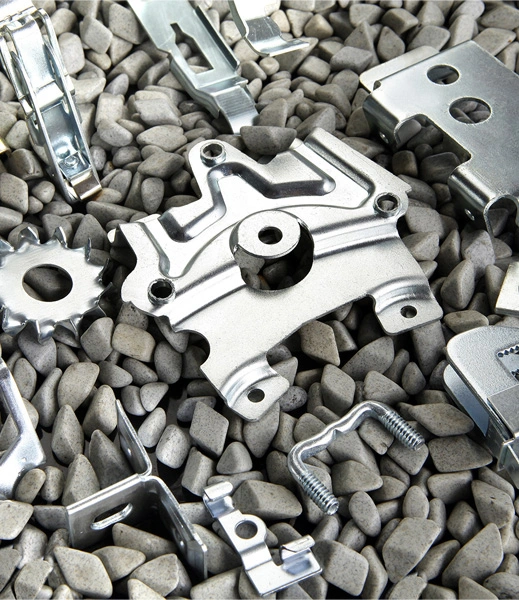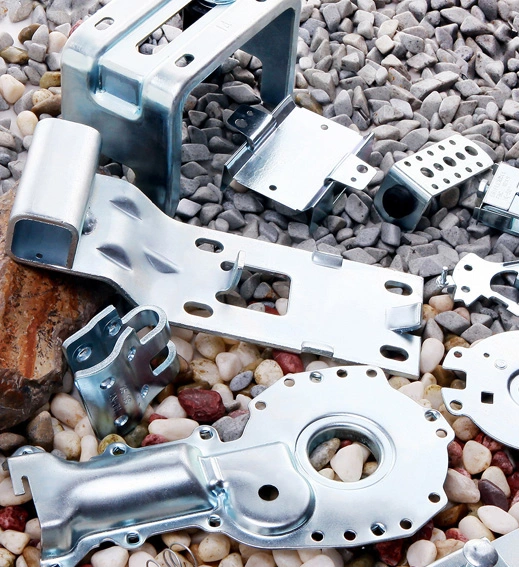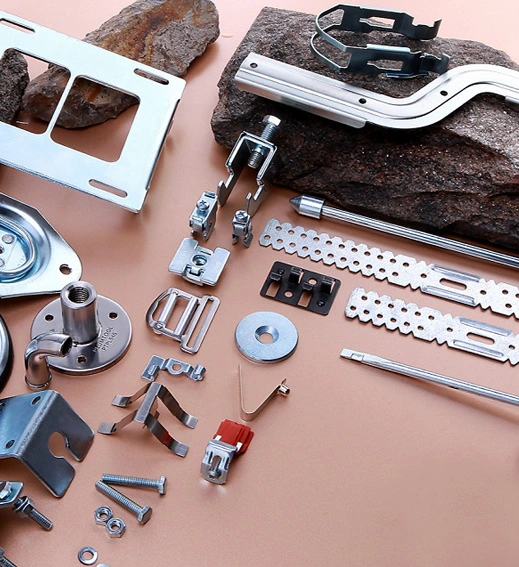According to the nature of the compound process, it can be divided into:
Punching compound mold: such as material cutting composite mold.
Forming compound molds: such as composite extrusion molds.
Compound die for blanking and forming: such as a composite die for material cutting and deep drawing.
According to its structural form, it can be divided into:
Sequential compound mold: a compound stamping die with a concave mold device in the lower mold.
Inverted compound mold: a compound stamping die with a concave mold device in the upper mold.
Comparison of Compound Stamping Die Structures:
Inverted composite mold | sequential composite mold | |
Leakage | From the leakage hole of the lower mold | Return to the mold working surface |
Output | From the upper mold | From the bottom mold |
Operation | Safe and convenient | Poor operation |
Workpiece | Poor flatness | Good flatness |
Stress | Poor stress and poor strength | Good stress |
Wear | Relatively small | Relatively large |
Working face | Easy to clean | Difficult to clean |
Through the above comparison, it can be seen that their applicable range is:
1. Inverted composite molds are suitable for punching parts with low requirements for flatness and sufficient strength of convex and concave molds;
2. The sequential composite die is suitable for punching thin materials or composite dies with high requirements for flatness, insufficient strength of convex and concave dies, or without punching waste.



